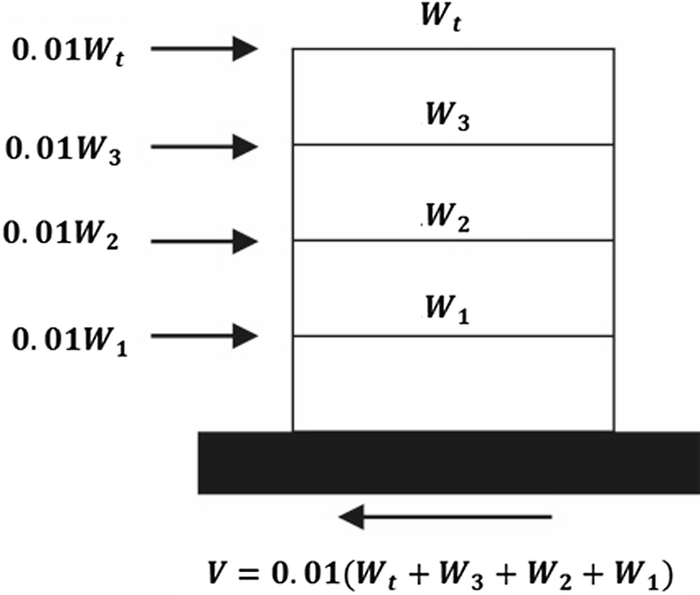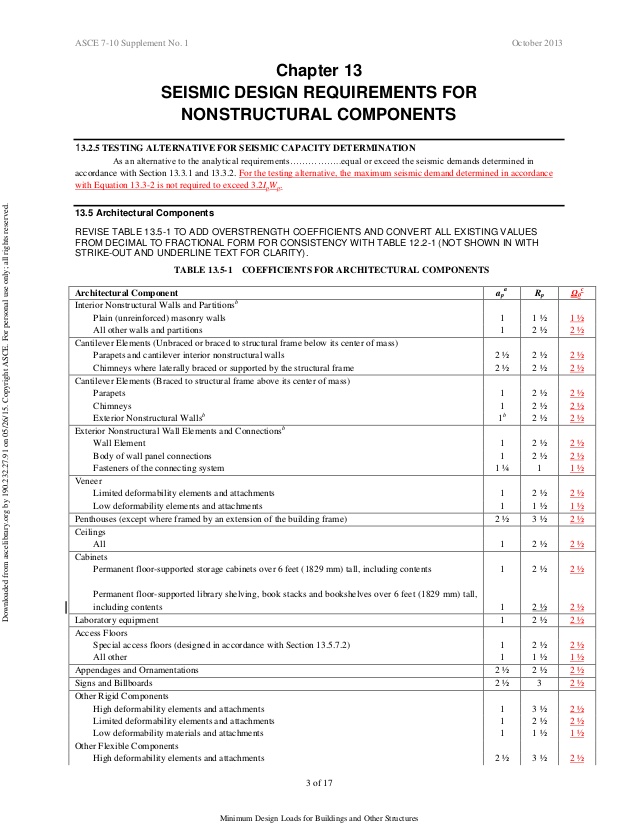

The Florida Building Code permits the use of an alternate all-heights method to determine the wind effects on regularly shaped buildings or structures. The use of the Importance Factor (I) has been eliminated from the calculation of design wind pressures. Ultimate design wind speeds are selected based on risk category (occupancy) of the building or structure. The wind load provisions in Chapter 6 of ASCE 7-05 have been reorganized into six chapters in ASCE 7-10 to enhance their presentation by locating major subject areas as distinct chapters.

These revisions contained provisions for wind loads stipulated in the 2010 Edition of the Florida Building Code, which became effective Maand the ASCE Standard Significant changes include the following: 1. In April 2012 this course was revised to cover provisions for wind load design criteria contained in the 2010 Edition of the Florida Building Code. In April 2009, this course was revised to incorporate revisions made by the 2007 Edition of the Florida building Code, which became effective march 1, 2009, and the ASCE Standard Significant changes included the elimination of the simplified procedure for determining wind loads previously allowed under the Florida Building Code and the modification of the wind-borne debris region in the Florida panhandle. in It was based on provisions for wind load design contained in the 2001 Edition of the Florida Building Code and the ASCE Standard In 2005, the course was revised to reflect changes made by the 2004 Edition of the Florida Building Code and the ASCE Standard 7-02, some of which were significant. 857 East Park Avenue Tallahassee FLĢ Preface The original Wind Load Design Criteria course was published by Engineer Educators, Inc. and is based on information contained in the 5 th Edition of the Florida Building Code (2014), effective Jand the ASCE Standard Engineer Educators, Inc. 1 Wind Load Design Criteria 3.0 Wind Loads Design Criteria 3.0 is produced and distributed by Engineer Educators, Inc.


 0 kommentar(er)
0 kommentar(er)
